|
BP12969
|
5-methoxyflavone
|
|
|
|
|
5-methoxyflavone is a naturally occurring, low molecular weight flavonoids compound that associated with a wide wariety of biological activities.
|
|
BP12970
|
5-Methylcytosine
|
|
|
|
|
5-Methylcytosine is a methylated nucleotide base found in eukaryotic DNA. In animals, the DNA methylation of cytosine to form 5-methylcytosine is found primarily in the palindromic sequence CpG. In plants, the methylated sequence is CpNpGp, where N can be any base. 5-Methylcytosine is an epigenetic modification formed by the action of DNA methyltransferases. In bacteria, 5-methylcytosine can be found at a variety of sites and is often used as a marker to protect DNA from being cut by native methylation-sensitive restriction enzymes.
|
|
BP12971
|
6-Thioinosine
|
|
|
|
|
6- Thioinosine (6TI) is a purine antimetabolite, acts as an anti-adipogenesis agent.
|
|
BP12972
|
6-(Dimethylamino)purine
|
|
|
|
|
6-(Dimethylamino)purine is a serine threonine protein kinase and CDK inhibitor
|
|
BP12973
|
Desmethylglycitein
|
|
|
|
|
6,7,4'-Trihydroxyisoflavone, is a novel inhibitor of PKCα in suppressing solar UV-induced matrix metalloproteinase 1, which has antioxidant, and anti-cancer activities.
|
|
BP12974
|
6-AZATHYMINE
|
|
|
|
|
6-azathymine is a potent inhibitors of D-3-aminoisobutyrate-pyruvate aminotransferase. 6-Azauracil acted as a competitive inhibitor with respect to beta-alanine, and was an uncompetitive inhibitor with respect to pyruvic acid with a Ki of approximately 8.9 mM.
|
|
BP12975
|
6-Bromo-2-hydroxy-3-methoxybenzaldehyde
|
|
|
|
|
6-Bromo-2-hydroxy-3-methoxybenzaldehyde is an inhibitor of IRE-1α (IC50 : 0.08 μM).
|
|
BP12976
|
6-Hydroxy-DOPA
|
|
|
|
|
6-Hydroxy-DL-DOPA is an allosteric inhibitor of RAD52, it inhibits proliferation of BRCA-deficient cancer cells in vitro and also inhibits APE1.
|
|
BP12977
|
6-Mercaptopurine hydrate
|
|
|
|
|
6-Mercaptopurine anhydrous is a Nucleoside Metabolic Inhibitor. It interferes with nucleic acid synthesis by inhibiting purine metabolism and is used, usually in combination with other drugs, in the treatment of or in remission maintenance programs for leukemia.
|
|
BP12978
|
6-O-Methyl Guanosine
|
|
|
|
|
6-O-Methyl Guanosine inhibit colony-forming ability in a malignant xeroderma pigmentosum cell line.
|
|
BP12979
|
6-Thio-2'-Deoxyguanosine
|
|
|
|
|
6-thio-dG is a nucleoside analog and telomerase substrate.
|
|
BP12980
|
7BIO
|
|
|
|
|
7-bromoindirubin-3'-oxime (7BIO) is a caspase independent nonapoptotic cell death inducer. 7BIO is an inhibitor of FLT3, DYRK1A, DYRK2, Aurora B and Aurora C kinases.
|
|
BP12981
|
7-Methylguanosine
|
|
|
|
|
7-Methylguanosine is a novel cNIIIB nucleotidase inhibitor (IC50 : 87.8 ± 7.5 μM).
|
|
BP12982
|
7-Methylxanthine
|
|
|
|
|
7-Methylxanthine, a methyl derivative of xanthine, is one of the purine components in urinary calculi.
|
|
BP12983
|
7-O-Prenylscopoletin
|
|
|
|
|
7-O-Prenylscopoletin and cedrelopsin show high antiproliferative activities against cancer cell lines.
|
|
BP12984
|
8-Azaguanine
|
|
|
|
|
8-Azaguanine is a purine analogue with potential antineoplastic activity.
|
|
BP12985
|
8-Azahypoxanthine
|
|
|
|
|
8-Azahypoxanthine inhibits hypoxanthine-guanine-xanthine phosphoribosyltransferase and has antimalarial properties.
|
|
BP12986
|
A-674563
|
|
|
|
|
A-674563 is an Akt1 inhibitor with Ki of 11 nM, modest potent to PKA and >30-fold selective for Akt1 over PKC.
|
|
BP12987
|
A-674563 2HCl(552325-73-2(fb-2hcl))
|
|
|
|
|
A-674563 is an Akt1 inhibitor with Ki of 11 nM, modest potent to PKA and >30-fold selective for Akt1 over PKC.
|
|
BP12988
|
A-674563 HCl (552325-73-2(free base))
|
|
|
|
|
A-674563 is an orally available, ATP-competitive, and reversible inhibitor of Akt (Ki: 11 nM for Akt1). It exhibits inhibitory activity against PKA and Cdk2 (IC50: 16/46 nM) but is 10- to >1, 800-fold selective for Akt1 versus additional kinases in the CMGC, CAMK, and TK families.
|

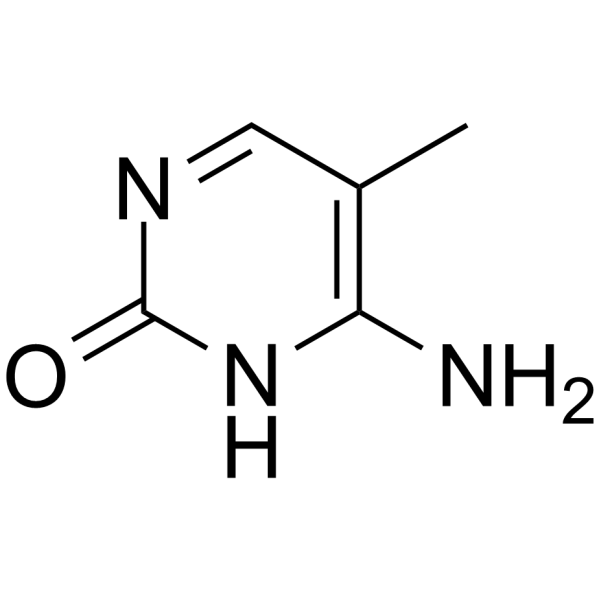

purine.gif)
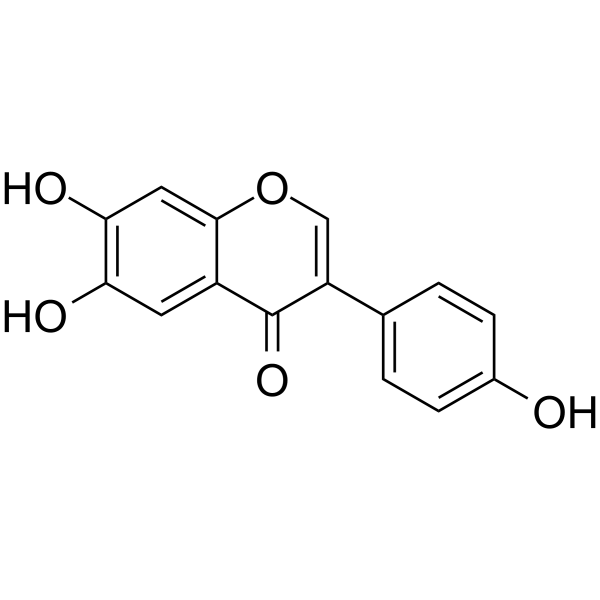

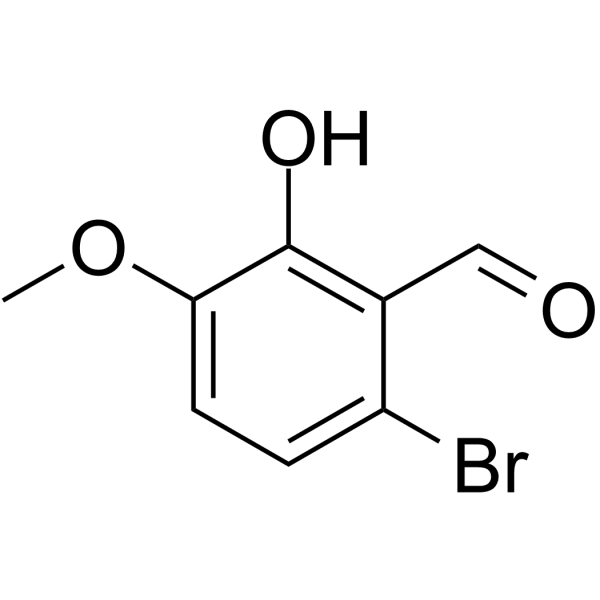

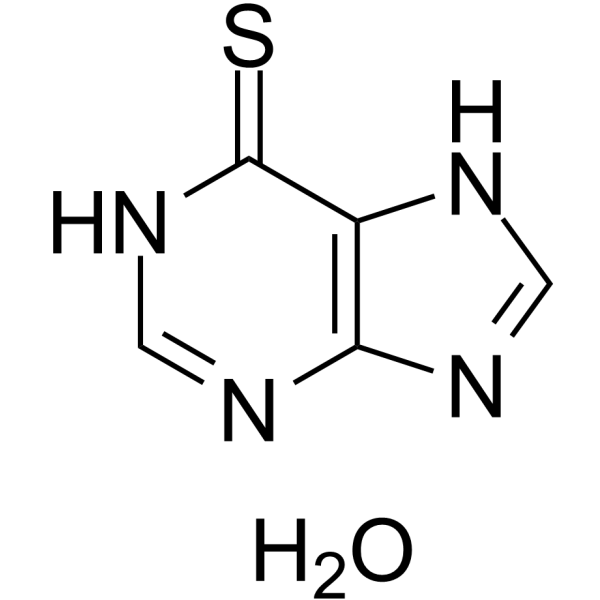
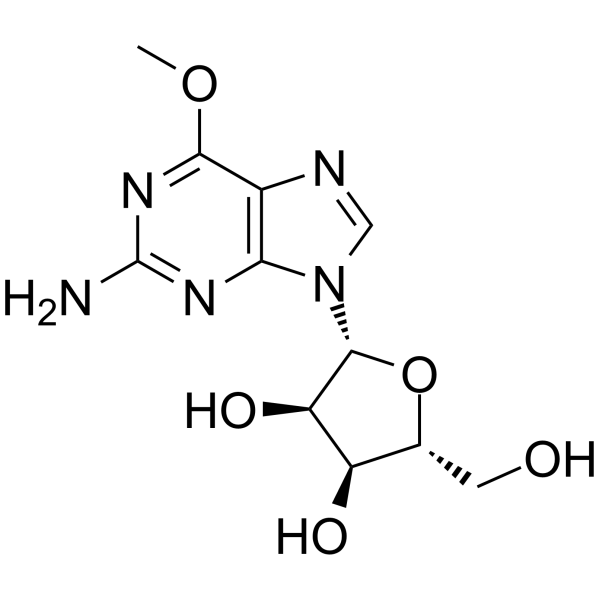

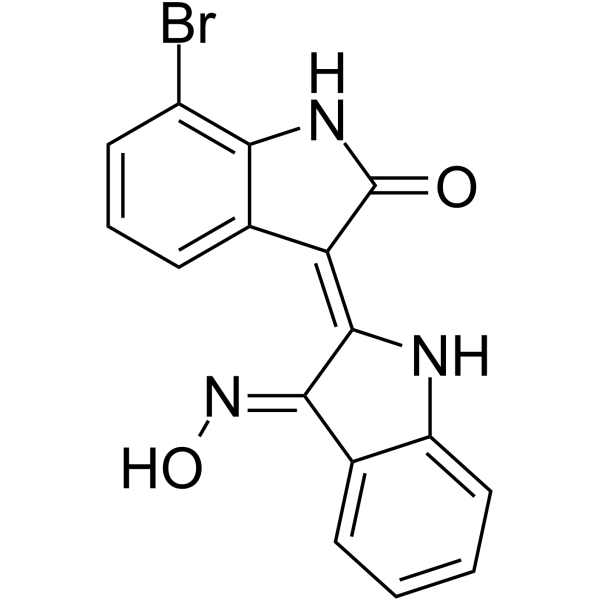
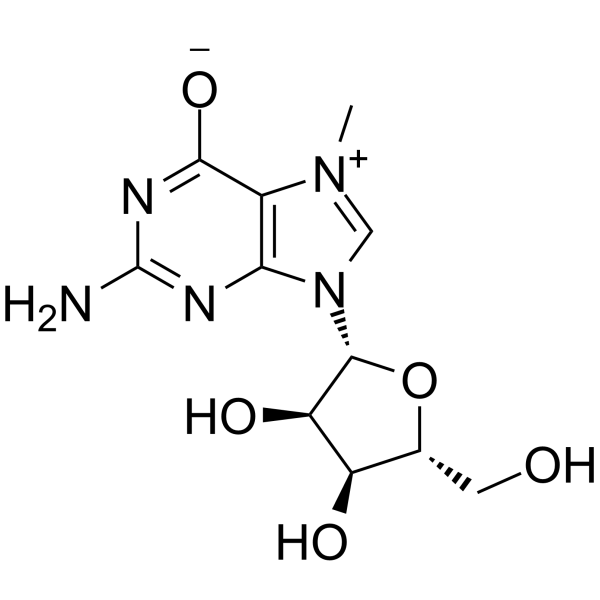
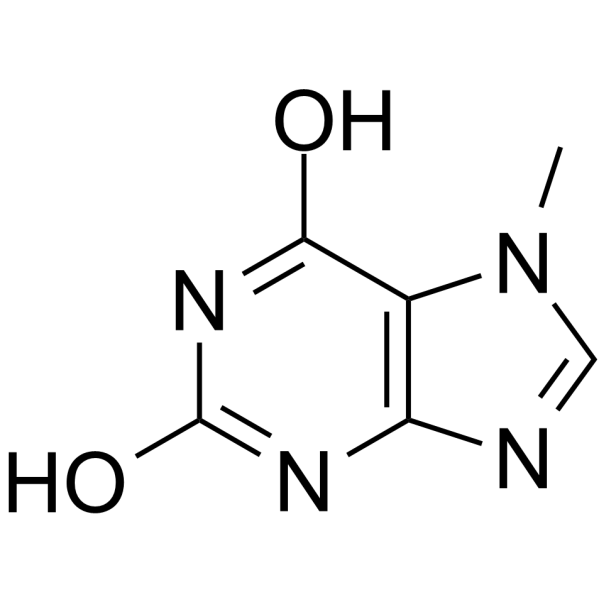

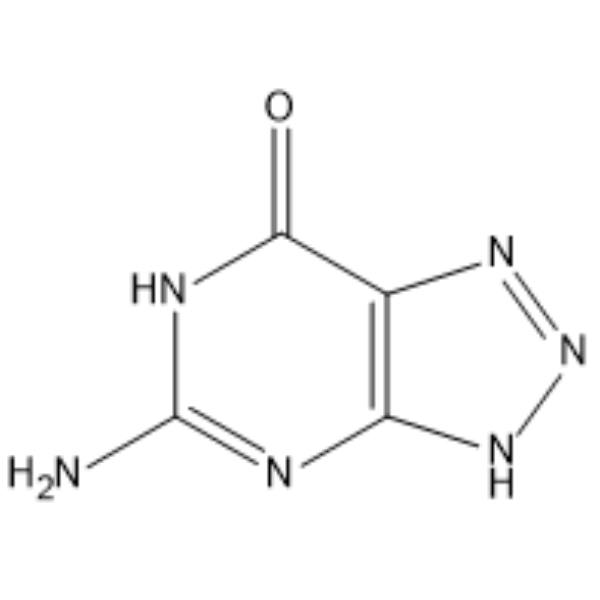

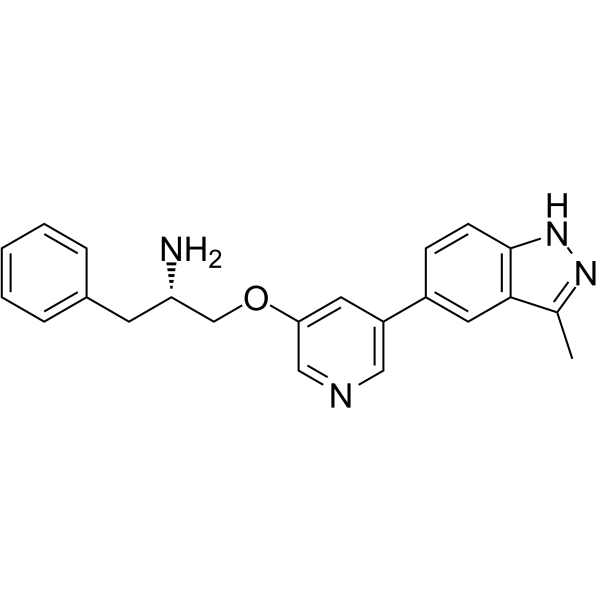
).gif)
).gif)
